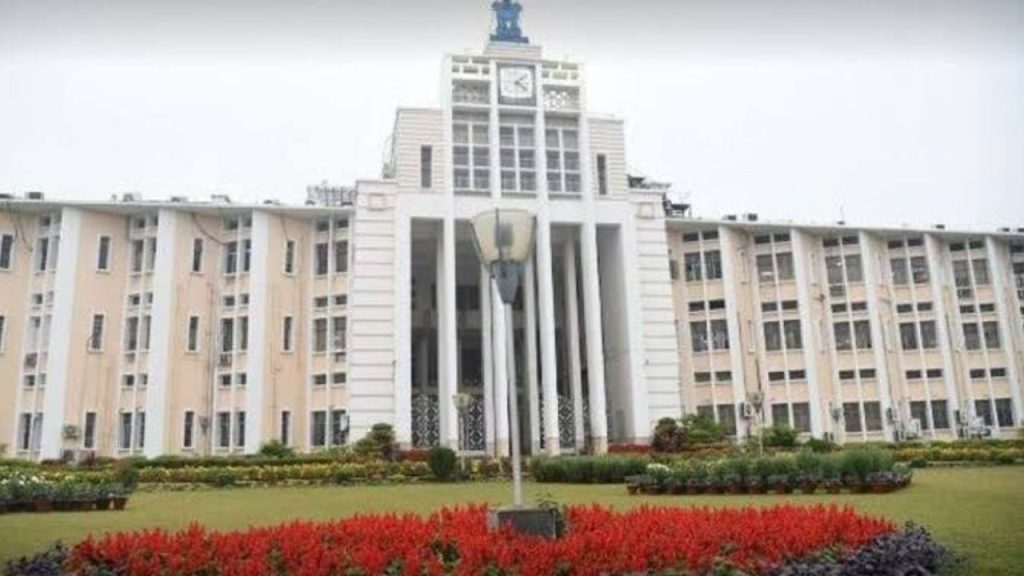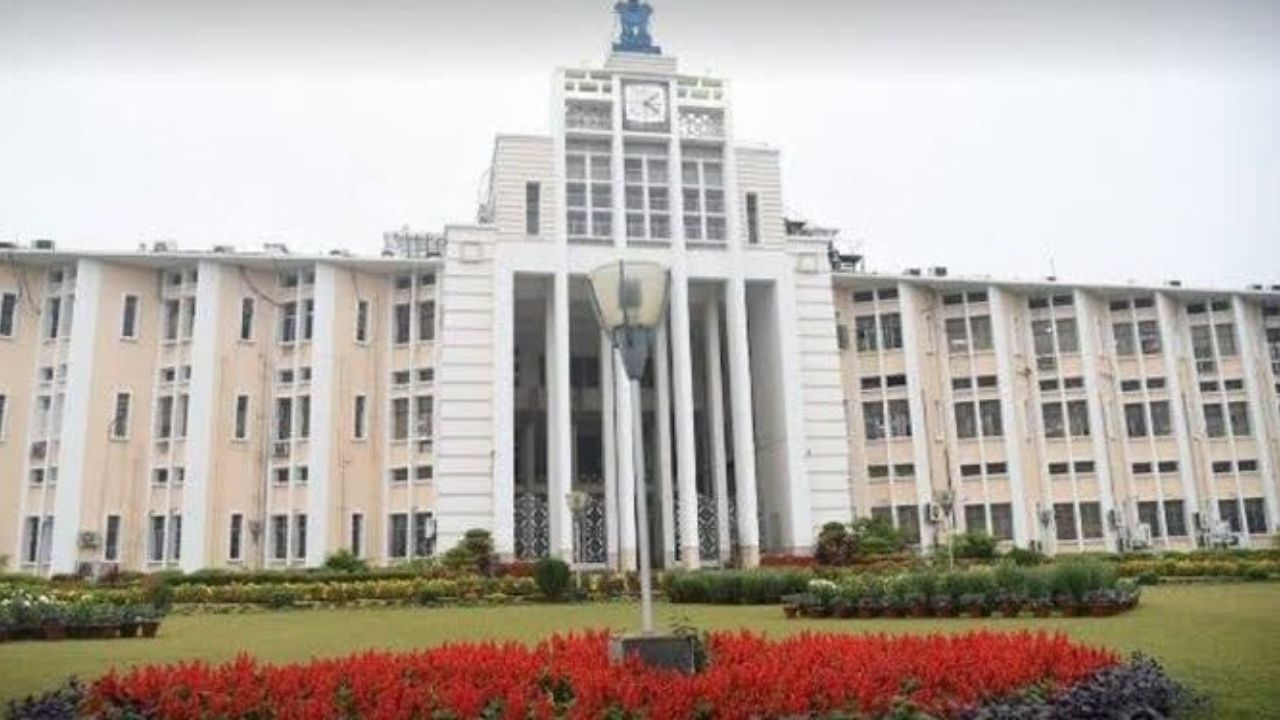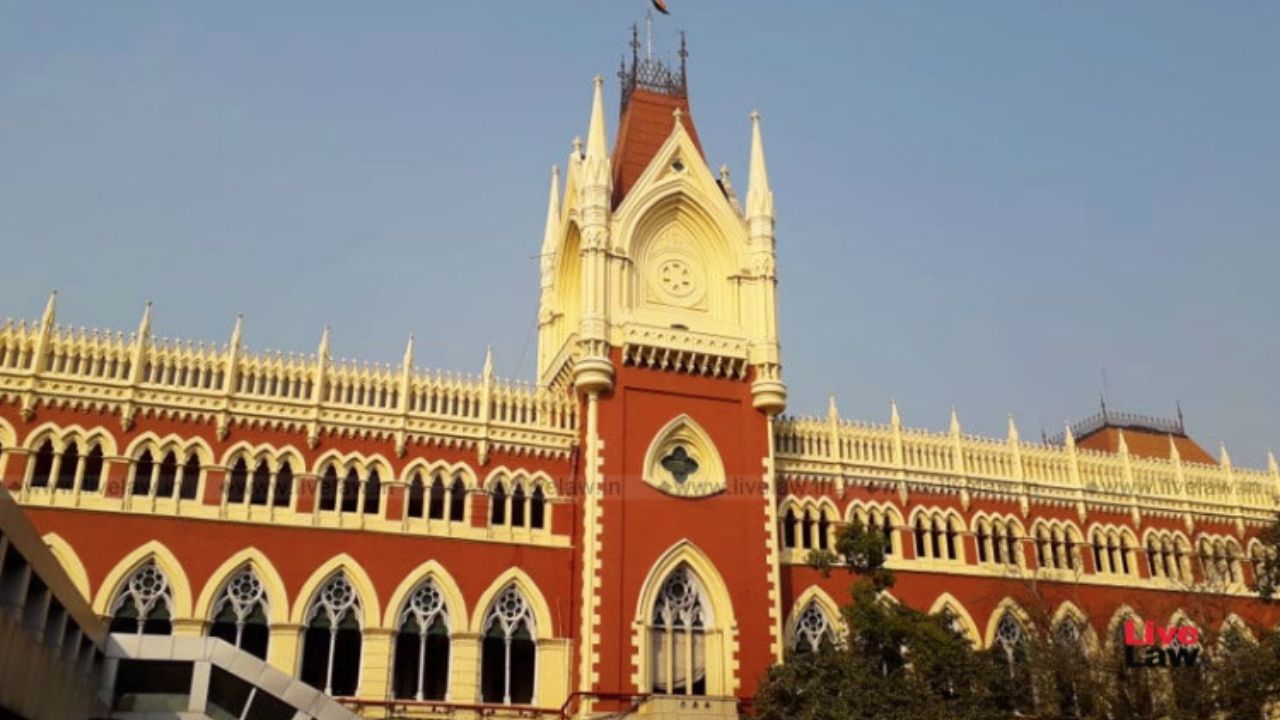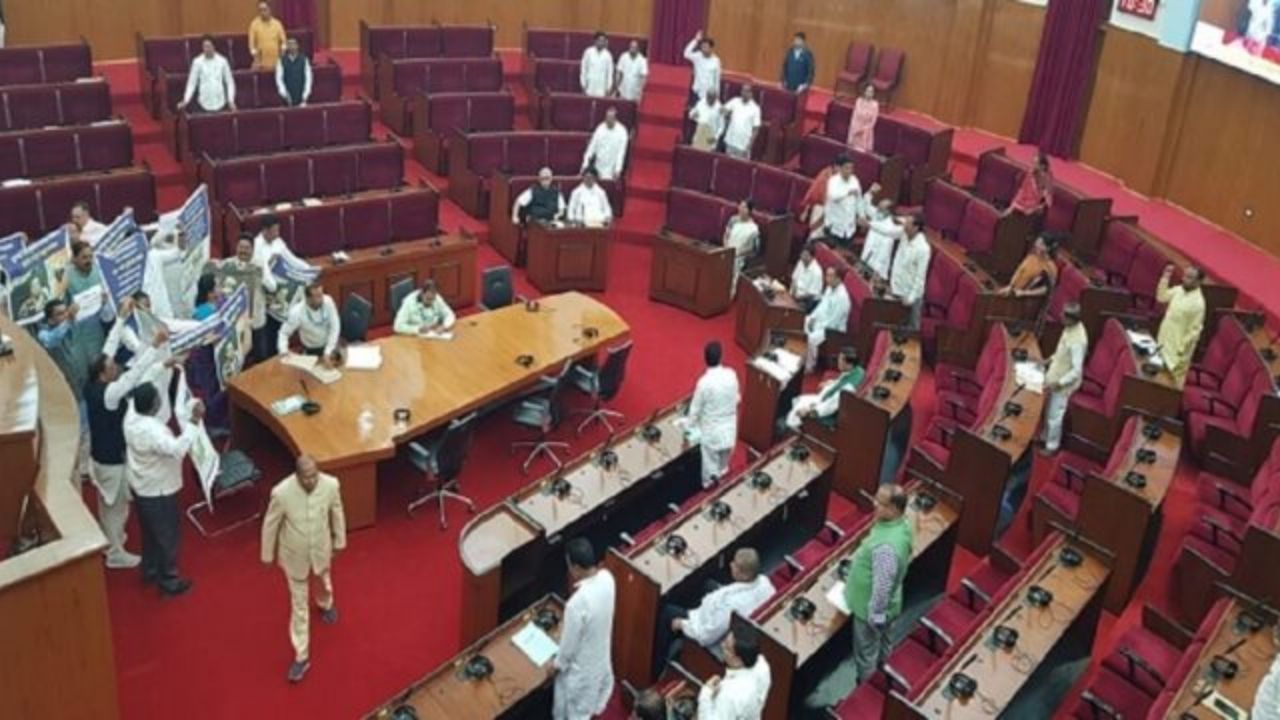In a move aimed at streamlining the administrative framework and improving governance efficiency, the Government of Odisha has recently announced the transfer of 29 officers from the Odisha Administrative Service (OAS) to various departments across the state. These transfers, which are part of a larger reshuffle in the state’s administration, have been officially confirmed by the General Administration & Public Grievance Department of Odisha. The announcement, made on July 24, 2025, is expected to impact a variety of sectors, including rural development, civil supplies, and the state’s tribal welfare programs.

The reshuffling of key administrative officers is not just a routine personnel management exercise. It’s a step toward modernizing the state’s approach to governance, ensuring that experienced officers are assigned to departments where their expertise can make the most difference. As the Odisha government continues its push for effective governance, this move comes at a critical time for the state’s economic and social development. Whether it’s improving infrastructure or enhancing public service delivery, the reshuffle aims to foster a culture of accountability and transparency in the public administration system.
Odisha Govt Announces Transfer of 29 OAS Officers
| Key Data/Stats | Details |
|---|---|
| Date of Announcement | July 24, 2025 |
| Number of Officers Transferred | 29 OAS officers |
| Key Departments Affected | Tribal Welfare, Rural Development, Civil Supplies, etc. |
| Notable Officers | Sudhakar Sabaro, Sushama Barik, Saroj Kumar Rout |
| Purpose of Transfers | Efficiency, accountability, and streamlined governance |
| Official Announcement Source | Odisha Bytes |
| Additional Resources | Sambad English |
The recent reshuffling of 29 Odisha Administrative Service officers is more than just an internal bureaucratic move. It’s a calculated step toward making the government more responsive, efficient, and effective. By ensuring that officers are in roles where their skills and expertise are most needed, Odisha is positioning itself for a brighter, more organized future. Whether it’s improving rural infrastructure, addressing public grievances, or enhancing tribal welfare programs, the reshuffling will have a lasting impact on the state’s administrative performance.
The Importance of Administrative Reshuffles
Administrative reshuffles are an essential part of governance in any state, and Odisha is no exception. These changes are often viewed as necessary to refresh the system, inject new perspectives, and reassign individuals with specialized skills to the departments that need them most. In Odisha’s case, the reshuffle follows a consistent pattern observed in many Indian states, where strategic realignment within government departments is carried out to ensure that the state’s governance remains responsive, efficient, and adaptable to emerging challenges.
Key Takeaways:
- Efficiency Boost: Assigning officers to departments where their skills are needed can lead to faster decision-making and improved public service delivery.
- Government Accountability: Transfers often come with an emphasis on making sure public services meet the highest standards of accountability.
- Operational Realignment: Some officers are moved to oversee projects that are expected to face major expansions or challenges in the near future.
What Do These Transfers Mean for Odisha?
At first glance, transfers of public officials may seem like just another bureaucratic shuffle, but they carry significant implications for the day-to-day functioning of the government. These 29 officers will now be responsible for overseeing a wide range of programs, from managing the state’s civil supplies to leading welfare initiatives for the Scheduled Tribes and Scheduled Castes (ST/SC) communities.
For example:
- Sudhakar Sabaro has been appointed as the Director of the ST & SC Research and Training Institute (STSCRTI), a critical role that focuses on providing educational resources and training for individuals from underprivileged backgrounds.
- Saroj Kumar Rout has been placed in the Chief Minister’s Grievance Cell (CMGC), where he will play an integral role in addressing public grievances effectively.
- Pravat Kumar Mohapatra has moved to become General Manager at the Odisha State Civil Supplies Corporation Ltd. (OSCSC Ltd.), a pivotal role in ensuring that the state’s food supply chain operates smoothly and efficiently.
This strategic reassignment is designed to ensure that these officers use their skills in departments where they can have the greatest impact on public welfare.
How Does This Affect the Public?
For the people of Odisha, these changes may not seem immediately impactful, but in the long run, they are designed to improve how public services are delivered. Officers like Sushama Barik and Dharitri Mishra, who have moved into critical positions, are now responsible for ensuring that the government’s initiatives reach the people who need them most. The real impact will be felt in more effective governance—be it in rural development, civil supplies, or the welfare of marginalized communities.
Here’s a closer look at what residents of Odisha can expect:
- Enhanced Services: The new appointments are expected to help improve the speed and quality of services, from rural infrastructure development to civil supply management.
- Public Access to Grievances: With the reshuffling of officers into the Chief Minister’s Grievance Cell, citizens can anticipate more responsive systems for addressing complaints or concerns regarding public services.
- Focus on Tribal Welfare: Officers like Sudhakar Sabaro are now in charge of critical programs aimed at uplifting the tribal communities, which will be vital for reducing inequalities.
The Role of OAS Officers in Odisha’s Governance
OAS officers hold a significant place in Odisha’s administrative structure. These officers are responsible for implementing government policies, managing public resources, and ensuring that the state’s welfare programs run efficiently. The 29 officers transferred in the recent reshuffle are no ordinary bureaucrats; they are seasoned professionals with years of experience in public administration. Their expertise and leadership are crucial in tackling the complex challenges faced by the state.
To put things into perspective, an OAS officer’s role can vary dramatically depending on the department. Some may oversee large-scale projects in rural development, while others may be tasked with ensuring that state-run public distribution systems operate smoothly. Whether it’s coordinating disaster response during floods or managing health programs, their responsibilities directly impact the daily lives of the citizens of Odisha.
A Closer Look at Key Transfers
Let’s break down some of the significant transfers:
1. Sudhakar Sabaro – Director, ST & SC Research and Training Institute
Sudhakar’s move to this crucial position emphasizes the importance of education and empowerment for Odisha’s tribal communities. With the state’s tribal population being one of its most underserved communities, Sudhakar’s leadership will play a pivotal role in improving educational resources and opportunities for tribal youth.
2. Sushama Barik – Additional Secretary, ST & SC Development, M&BCW Department
Sushama’s new role as Additional Secretary in the ST & SC Development Department shows a strong commitment to ensuring that welfare programs for marginalized communities are effectively implemented. Her experience will help in addressing the needs of both ST and SC communities, ensuring that their voices are heard in the policymaking process.
3. Saroj Kumar Rout – Additional Secretary, Chief Minister’s Grievance Cell
The Chief Minister’s Grievance Cell is one of the most important links between the government and the public. Saroj’s leadership will ensure that citizens’ concerns are addressed quickly and that grievances are dealt with in a transparent and accountable manner.
4. Pravat Kumar Mohapatra – General Manager, Odisha State Civil Supplies Corporation Ltd.
The position of General Manager at the Odisha State Civil Supplies Corporation Ltd. is one of the most critical in the state’s administration. With food security being a pressing issue for millions of people in the state, Pravat’s role will directly impact the efficiency of the state’s public distribution system and ensure that essential goods reach the people in a timely and fair manner.
Odisha Government Approves ₹4,982.66 Crore Investment Boom: 23 Proposals Set to Transform the State
Odisha Government Prioritizes Swift Development of Tribal Areas, Says CM Majhi
FAQs
Why are OAS officers transferred in Odisha?
Transfers are typically part of an effort to realign resources to better manage administrative challenges, bring fresh perspectives to different departments, and optimize the delivery of public services.
How does the OAS transfer process impact citizens?
For citizens, these transfers can lead to better public services, quicker grievance redressal, and enhanced delivery of welfare programs, especially for marginalized groups.
What are the responsibilities of an OAS officer?
An OAS officer is responsible for managing public services, overseeing government projects, and implementing policies in various administrative sectors, such as rural development, civil supplies, and tribal welfare.
How do these transfers affect the governance of Odisha?
The transfers are designed to bring experienced officers to key departments, ensuring that the government can tackle pressing challenges in areas like rural infrastructure, public distribution, and community welfare.





